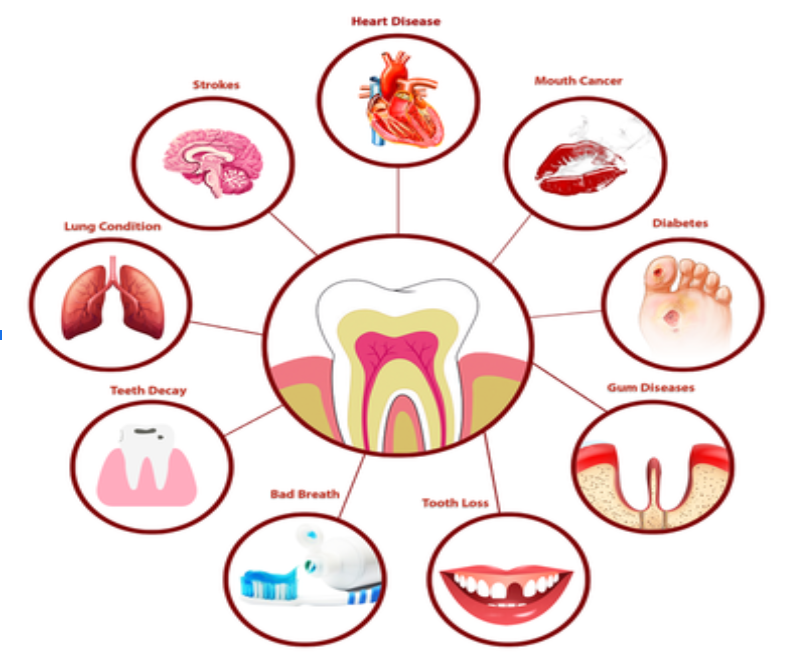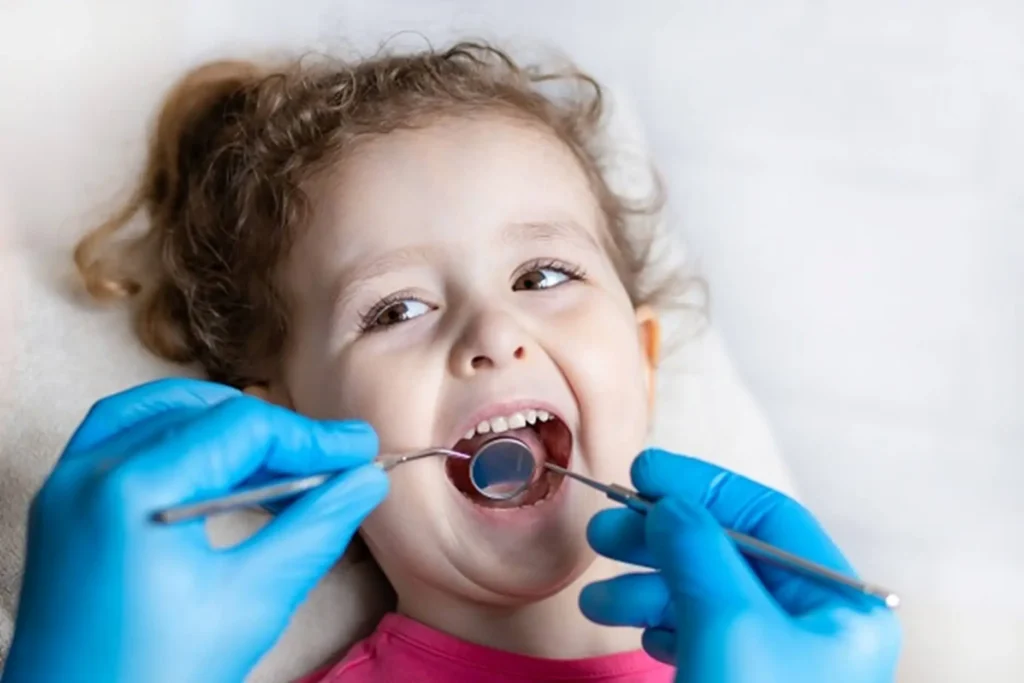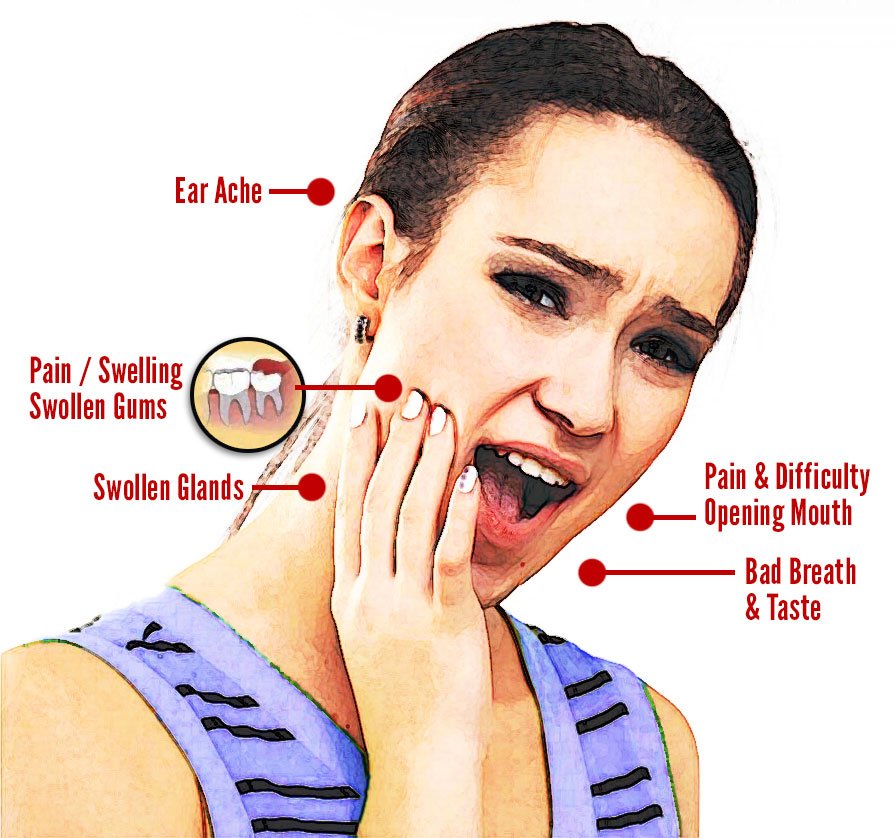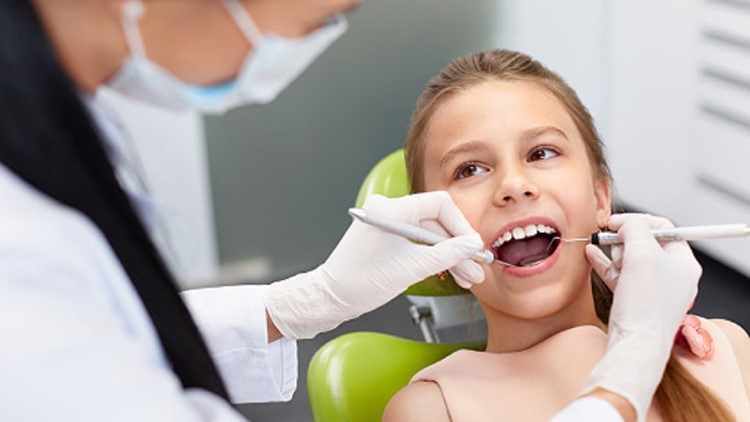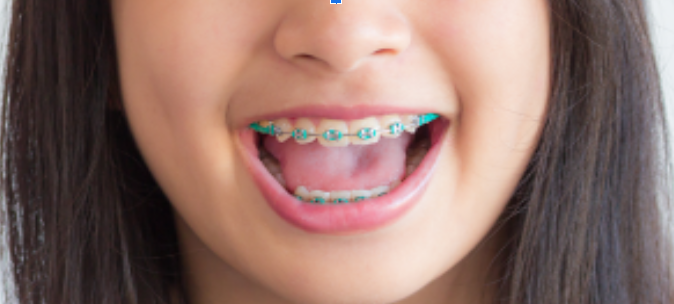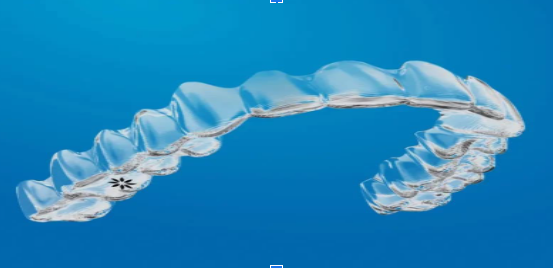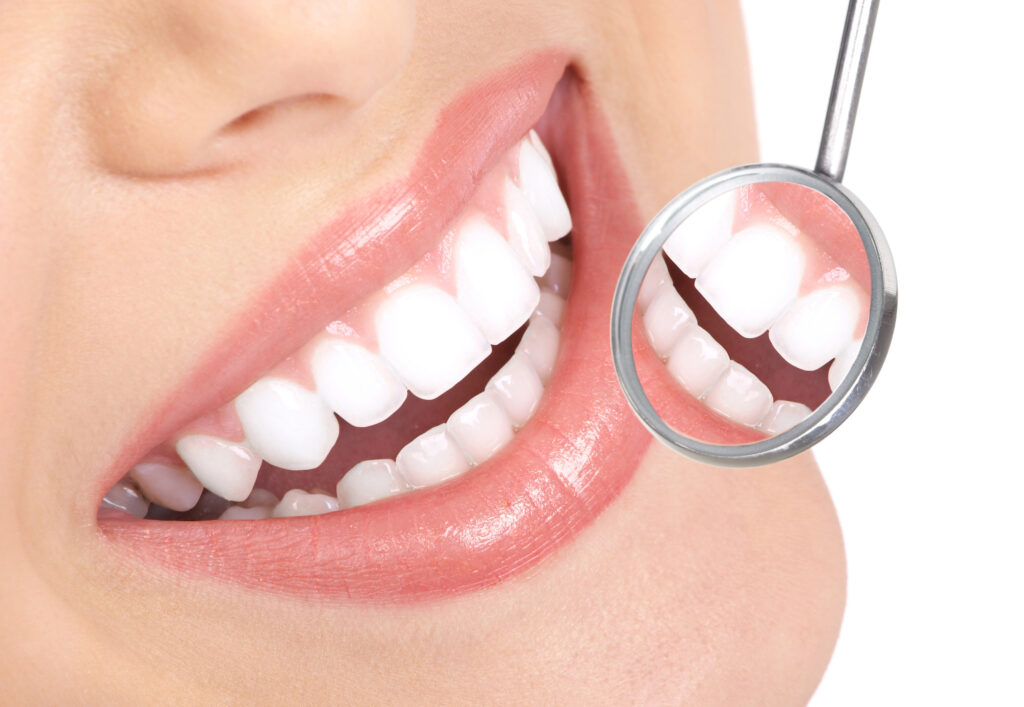
Five Crucial Things About Teeth Whitening You Should Understand
Five Crucial Things About Teeth Whitening You Should Understand Written by Dr. Priyanka Yalamanchili (Dentist). Here at Solitaire Family Dentistry, we field a lot of inquiries regarding teeth whitening. The majority of Americans want “whiter and brighter teeth” to improve their smile, according to a survey conducted by the American Academy of Cosmetic Dentistry. Your smile makes a lasting impression; thus, the following five points are important to be aware of if you want to whiten your teeth: Reasons for Discolored Teeth There are several causes for tooth color changes. Tea coffee and red wine are among the foods and beverages that inflict the most damage to enamel because their colors cling to it and leave stains. Tobacco use, including smoking, can also cause yellow and brown stains on teeth. Our teeth’s yellow dentin layer becomes increasingly noticeable as we age because the outer layer of enamel erodes. Teeth discoloration can also result from certain treatments, including blood pressure medications, antihistamines, antibiotics, and chemotherapy. Teeth injuries can occasionally result in discoloration as well. The process of teeth whitening Bleaching teeth is the process of lightening their color. The most often used whitening solutions are carbamide peroxide or hydrogen peroxide. Through a process known as oxidation, these chemicals dissolve tooth stains, giving the appearance of whiter teeth. There are differences in the whitening agent’s strength. A dentist’s professional teeth-whitening is far more effective than over-the-counter treatments used at home. Various Choices for Teeth Whitening Teeth can be whitened using a variety of techniques, from in-office professional treatments at the dentist’s office to at-home products including toothpaste, trays, and strips. Expert whitening of teeth Receiving professional teeth whitening at your dentist’s office is the fastest and most efficient approach to whitening your teeth. In order to protect your gums, dentists utilize harsher bleaching agents under safe circumstances. Additionally, they occasionally employ lasers or special lights to expedite the whitening procedure. Your teeth can become eight to ten shades whiter in roughly ninety minutes. In just one appointment, the delicate yet incredibly powerful treatment we employ at Solitaire Family Dentistry can lighten your teeth many shades. Years’ worth of stains are removed with this technique, leaving you with a bright, new smile in no time. Options for Teeth Whitening at Home Although there are alternatives you can apply at home, they are typically less successful than medical interventions. Here are a few well-liked options: Whitening Adhesives: These strips have a gel coating made of hydrogen peroxide. Twice a week for 14 days, you place them on your teeth for approximately 30 minutes at a time. They are reasonably priced, but if your teeth are uneven or crooked, they might not function properly, leaving certain areas untreated. Whitening Trays: For several weeks, whitening gel-filled trays are placed over teeth for 30 minutes or even overnight. A dentist’s custom trays fit better and provide greater comfort. Inadequate fit of over-the-counter trays might cause discomfort and unequal outcomes. Rinses and Whitening Toothpastes Mild abrasives found in whitening toothpastes aid in the removal of surface stains. Although they don’t bleach your teeth, they can gradually lighten them by one or two shades. While they typically take longer to show results, whitening rinses function similarly. These are the least expensive teeth-whitening options, but they also take the longest. Toothwhitening is not effective for all kinds of discolorations. Teeth whitening works well for yellowish stains, but it is more difficult to remove brown stains, and it may not work at all on gray or purple tones. Whitening treatments might not improve discoloration brought on by drugs or trauma either. Furthermore, dental work including veneers, fillings, crowns, and caps won’t whiten. In order to match the new color of your teeth after whitening, you might require further cosmetic operations if you have any of these. The Negative Effects of Bleaching Teeth Tooth sensitivity is the most frequent adverse reaction to teeth whitening. This occurs when the teeth’s nerves are irritated by the whitening agents. Usually, this sensation goes away quickly, but if it doesn’t go away, you should stop the treatment and see your dentist. Overuse of at-home whitening kits can also irritate your gums and weaken the enamel on your teeth. It’s critical to carefully read the instructions and avoid abusing these items. Because professional whitening procedures are carried out under a dentist’s supervision, they are far safer. Always speak with your dentist first It’s crucial to see your dentist before starting any teeth-whitening procedure. After evaluating your teeth, they will recommend the best course of action based on the type of stains you have and your dental health. Additionally, they can determine whether tooth whitening is even a good idea for you. Please get in touch with Solitaire Family Dentistry at any time if you have any questions or require more information. Phone: 6281497455
Five Crucial Things About Teeth Whitening You Should Understand Read Post »
